Constructing Hybrid Photovoltaics from Amorphous Silicon
Despite increasing applications in various fields, semiconductor nanocrystals (NCs) are now the most widely used materials for low-cost, high-efficiency photovoltaic cells (PV). These crystals can be synthesized and processed using solution-based techniques in various solar-powered energy models. These NCs can also be used in charge multiplication of single photons to improve power conversion efficiency. For example, by generating more power, the NC-size controlled energy gap can adjust the absorption spectrum that is best suited for solar radiation at 500nm.
Unfortunately, there are still significant challenges to successfully charge extraction/injection and carrier transport in terms of development methods. Due to the presence of some organic elements, silicon-based NCs also have poor environmental and photostability characteristics. Today's PV industry is primarily based on crystalline silicon (c-Si) cells; however, due to cost considerations, the PV market segment has begun utilizing amorphous silicon (a-Si), resulting in rapid market expansion.
During this experiment, various devices were studied made of wide-gap CdSe NCs or narrow-gap PbS NCs. During fabrication, CdSe NCs capped with trioctylphosphine oxide (TOPO) and trioctylphosphine (TOP), precipitated solvents washed with methanol and later dried under an argon flow. As PbS are extremely prone when degraded to oxygen, all the fabrication processes were of the NCs while they were incorporated into the devices. The NCs made of PbS were synthesized and precipitated with toluene/ethanol and stored as a powder in dark at -37 °C in a glovebox refrigerator.
To make contact with the fabricated devices, the aluminium and indium tin oxide (ITO) were bonded using copper paint. The structure of this device was then covered with a glass slide and then sealed from all sides and later kept for solidification for twelve hours. For the test results, optical and PV fabricated outputs were studied under air with ambient conditions.
As shown in Fig 1, a PV structure made of Si and CdSe NCs is depicted. It consists of a layer of 90-150 nm thickness of pyridinecapped CdSe NCs that have been sandwiched between ITO and Si layers. For photocurrent measurements, the structure was made complete using an Al electrode. Higher resolution TEM images were taken and it could be observed that NC integrity was preserved during silicon film growth which was later confirmed by spectroscopic studies.
As shown in fig 2, the energies of the conduction and valence band edges (denoted by CB and VB) for a silicon NC is the lowest. The induced confinement shifts can be quantized for bulk semiconductor band edges. This can be expressed as"
∆Ee(h) ) = (Eg - Eg,0)mh(e)(mh + me)-1 , 18
From the above equation, where Eg,0 is the bulk semiconductor energy gap, me and mh are the electron and hole effective masses.
In the following experiment comprising of CdSe NCs, the outcome after PV response was completely due to the NCs, and the photons in the a-Si film don't contribute to the photocurrent. The overall PV performance could be improved using structures, wherein PV response is made due to the charge carriers produced in the NC and a-Si layers.
Latest Products
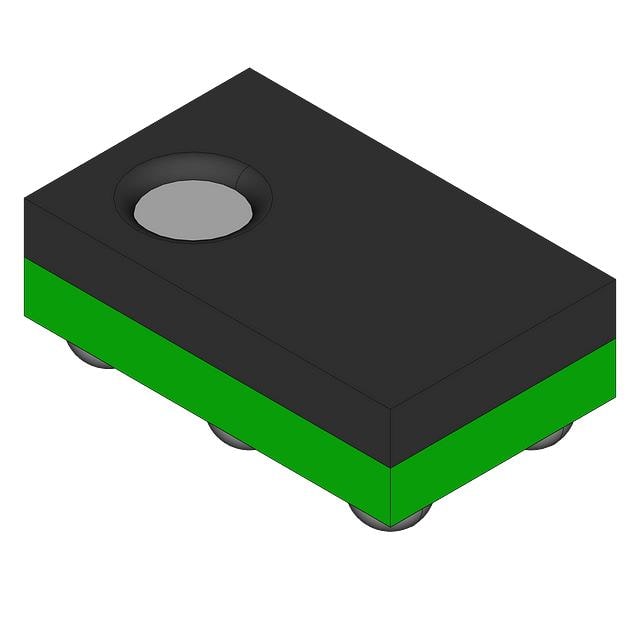
- IP5002CX8/P135 NXP USA Inc.
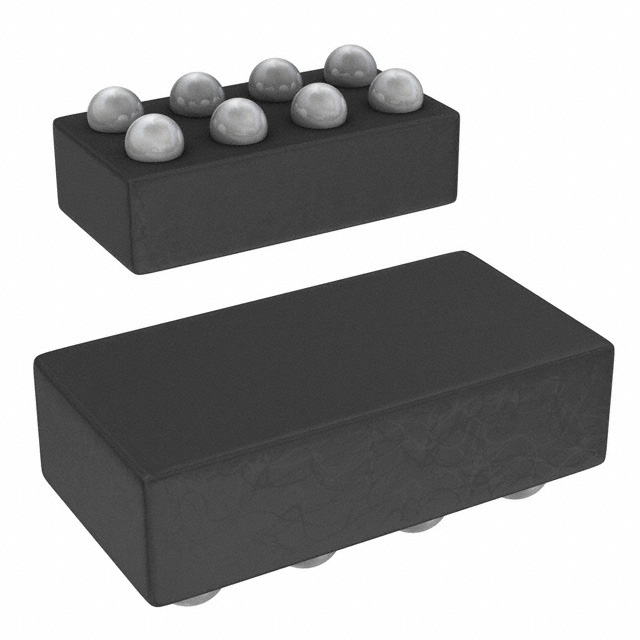
- ADAU7002ACBZ-RL Analog Devices Inc.
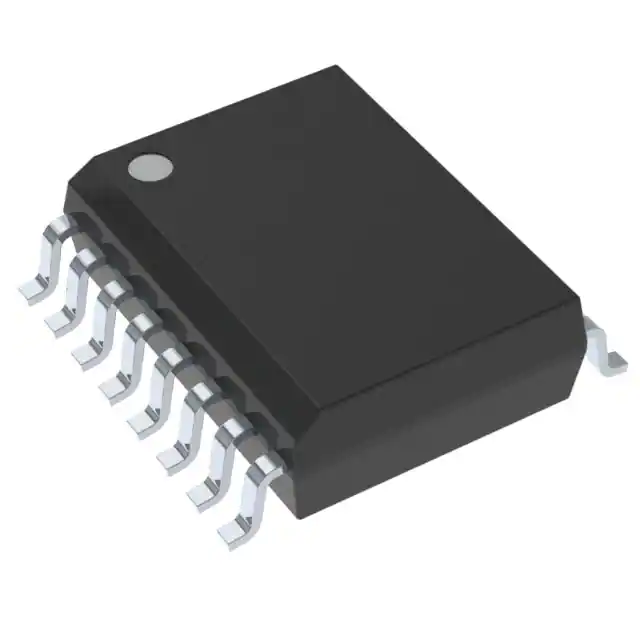
- PGA2320IDW Texas Instruments

- SRC4184IPAG Texas Instruments

- MUSES72320V-TE2 Nisshinbo Micro Devices Inc.
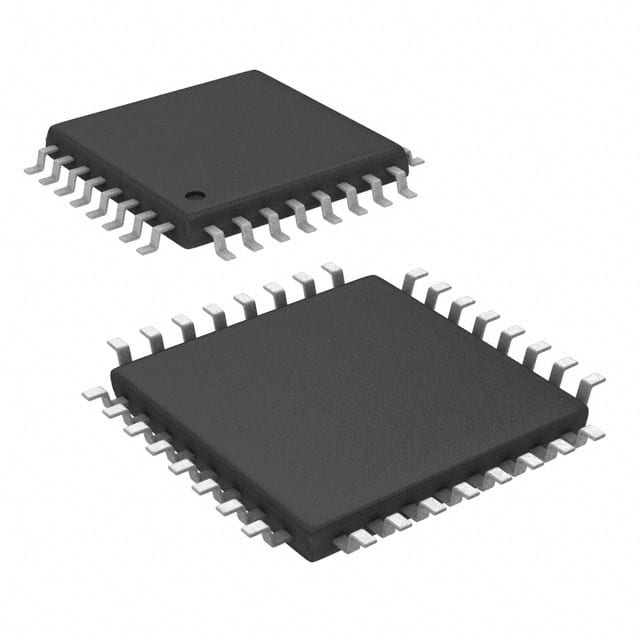
- PCM2706CPJT Texas Instruments
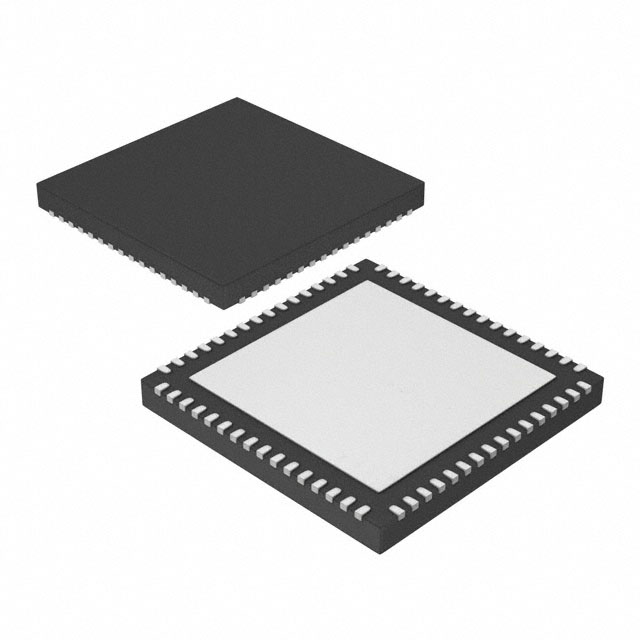
- ZL38040LDG1 Microchip Technology

- PGA2310UA/1K Texas Instruments
